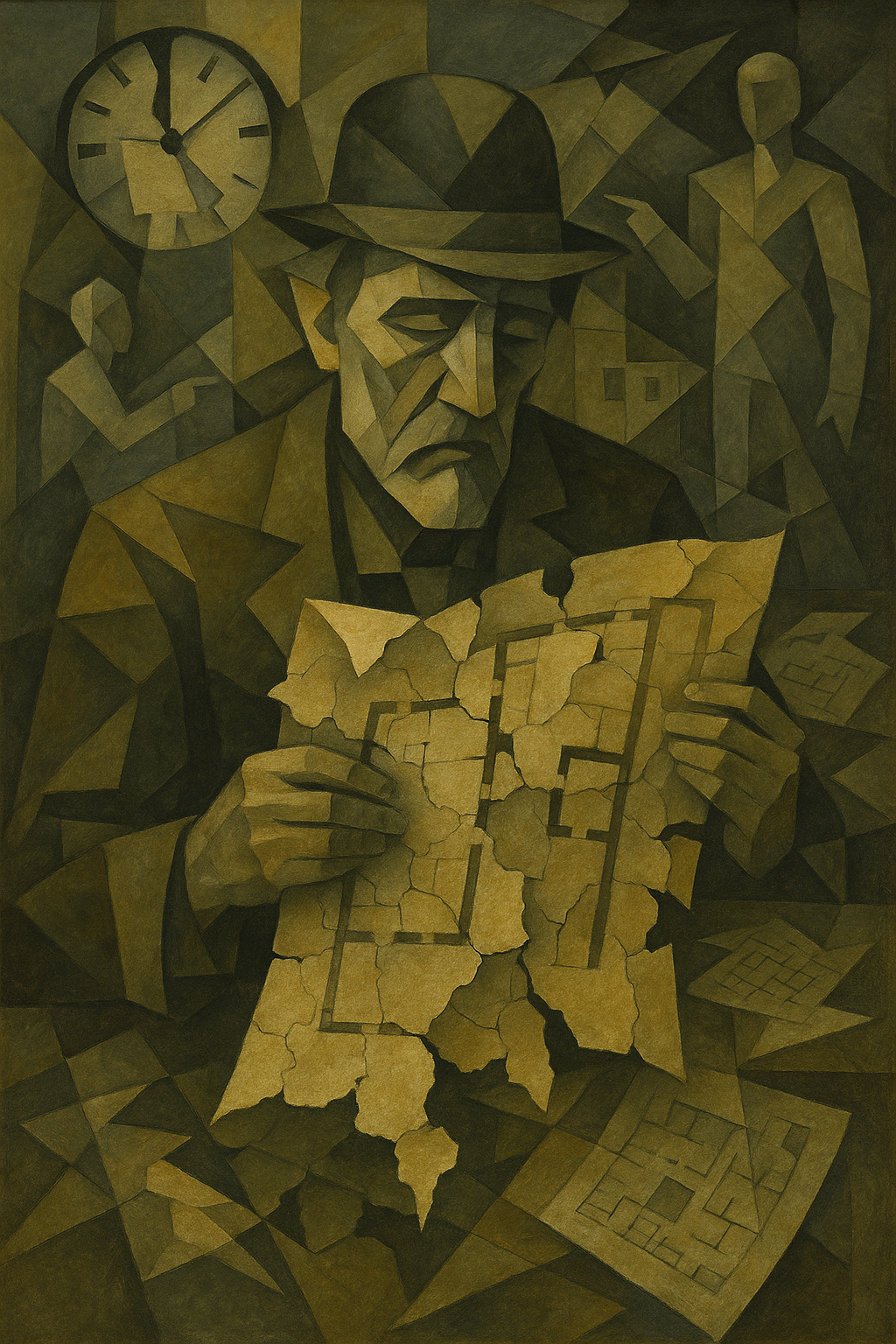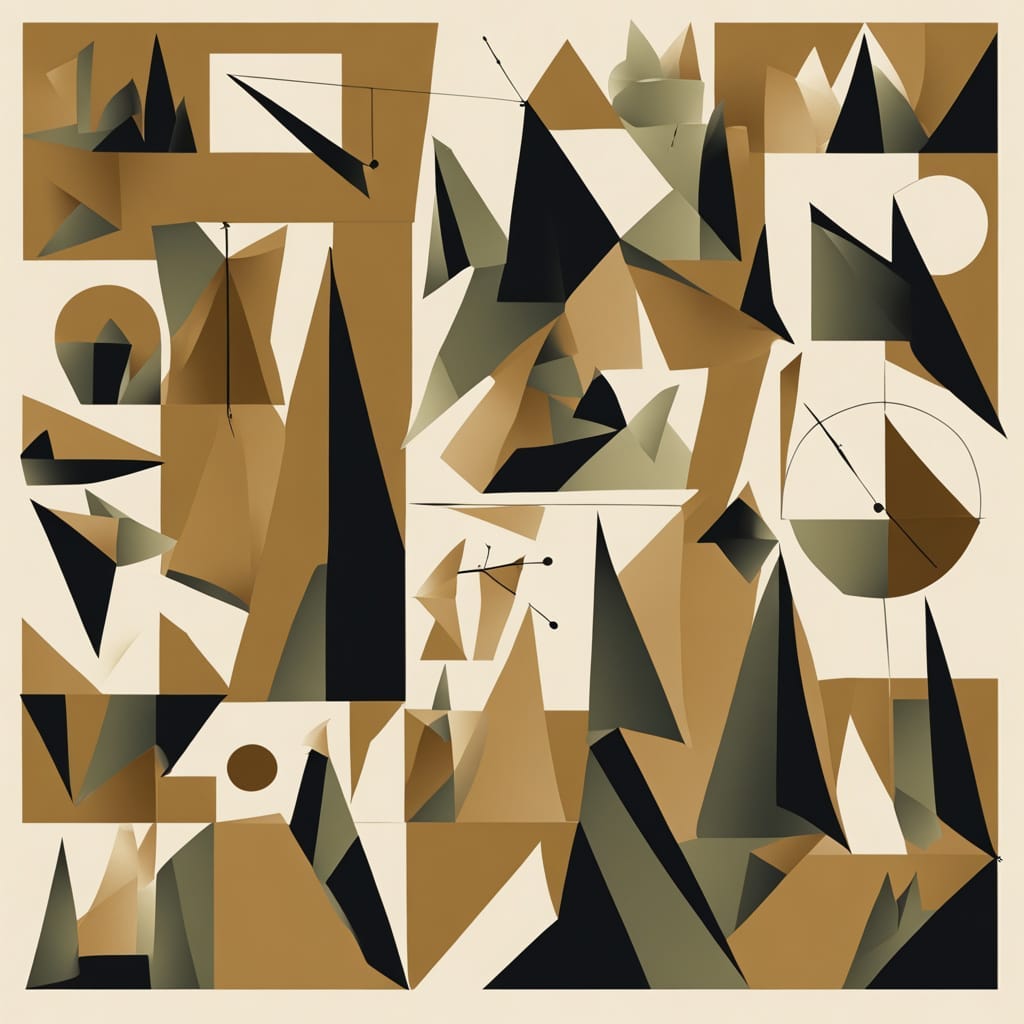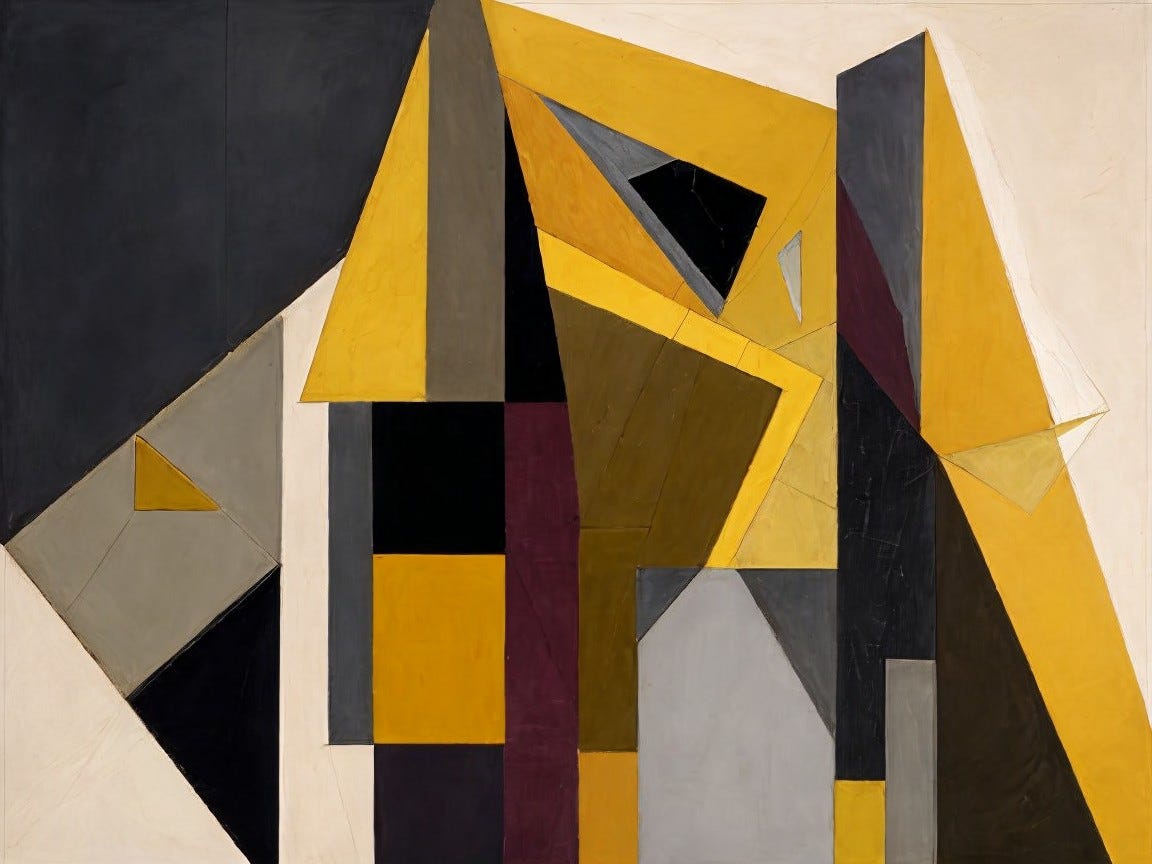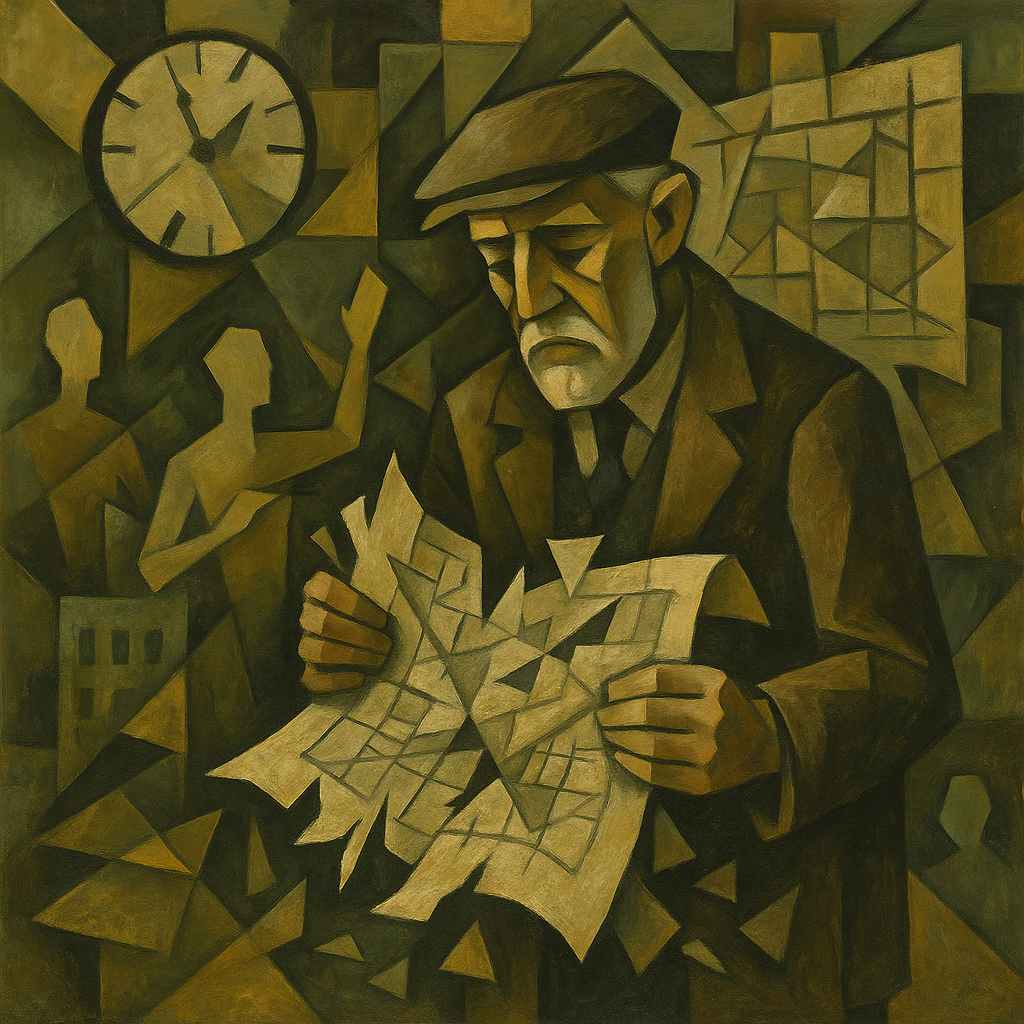
Once upon a time — before Agile sprints, kanban boards, or the phrase “move fast and break things” — there was Waterfall. The software development world’s first official method. It was neat. It was structured. It was… a little too confident.
Let’s dive into the method that walked so others could run in circles.
What is the Waterfall Model?
Picture a flowchart that refuses to loop back. That’s Waterfall. It’s a sequential software development model with phases like:
- Requirements
- Design
- Implementation
- Testing
- Deployment
- Maintenance
Each phase must be completed before the next begins, like trying to bake a cake in six acts with no taste-testing allowed between steps.
Is It Still Relevant?
Sort of. It’s the fax machine of methodologies. Still used in:
- Government contracts
- Aerospace and defense projects
- Any place where documentation must be notarized, approved, and archived in triplicate
But for startups and modern dev shops? It’s about as fashionable as shoulder pads.

Pros and Cons
Pros:
- Excellent documentation (you’ll know what you’re building, even if you cry while doing it)
- Predictable timelines
- Clearly defined stages and deliverables
Cons:
- Inflexible to changes
- Risky if initial requirements are wrong (spoiler: they often are)
- Late discovery of problems (testing only happens after everything is built)
Strengths and Weaknesses
Strength: Ideal for projects with clear, stable requirements. Think: building a bridge — not a social network.
Weakness: Bad at adapting. Once a phase is locked in, going back means rewriting everything, reprinting diagrams, and possibly hiding from your PM.
What Is It Used For?
- Mission-critical systems (air traffic control, medical devices)
- Projects where regulatory compliance demands rigorous traceability
- Environments allergic to “pivoting”
Example
NASA’s Mars rovers? Waterfall. You don’t want Agile improvisation when the next iteration is 34 million miles away.

Alternatives
- Agile: Iterative, people-focused, and a little chaotic.
- Scrum/Kanban: Process-driven cousins of Agile.
- Spiral Model: Waterfall with a twisty straw.
- RAD, XP, Lean: More experimental methods that value speed and feedback.
Is It the Subject of Any Famous Art?
Just the occasional whiteboard mural in cubicleland titled “Our Failed Waterfall Project.” Not yet in the Louvre, but definitely on a few office dartboards.
How Popular Is It?
Declining in general-purpose development, but still holding its own in highly structured, high-risk environments.
When Was It Most Popular?
The 1970s to early 2000s, when developers wrote code with punch cards and believed change requests were a form of betrayal.
History & Inventor
Originally described by Dr. Winston Royce in 1970 — not as an endorsement, but as a cautionary tale. Ironically, the world read his “don’t do this” paper and said, “Looks good!”
Companies That Still Use It
- Defense contractors like Raytheon or Lockheed Martin
- Government agencies like NASA or the DoD
- Large corporations with compliance-heavy workflows
Is It Similar to Anything Else?
Yes: manufacturing pipelines, tax audits, and IKEA assembly instructions (but only if you don’t question them until the last page).
Does It Work Well with AI?
Not really. AI projects are exploratory by nature — Waterfall assumes you know everything in advance, including what “success” looks like. That’s rarely true in machine learning.
Tech Stack Compatibility
You can build anything with Waterfall — but you better pick the right stack at the start. No second chances.
Tools That Work Well With It
- Microsoft Project
- Gantt charts
- Excel (glorious, glorious Excel)
- Requirements management tools like Jama or IBM Rational DOORS
Interesting Tidbits
- The name “Waterfall” didn’t come from Royce — it was coined later by others interpreting his sequential diagram.
- It’s often blamed for large project failures, but in the right context, it can work beautifully (if your deadline is 2029).

Art Prompt: A mysterious Cubist tableau inspired by Georges Braque. The composition features fragmented geometric planes in muted tones of ochre, olive, and charcoal. The central subject — an old blueprint crumbling in the hands of a weary architect — dissolves into angular abstractions, symbolizing the rigid yet collapsing logic of outdated systems. Background elements include shattered clocks, brittle project plans, and faceless figures gesturing futilely toward the past.
Video Prompt: A short, moody animated sequence in the style of early Cubist cinema. Geometric blueprints swirl into dust while faceless figures try to assemble them with robotic gestures. Choppy transitions and abstract overlays give the piece a glitchy, fragmented vibe. The audio pulses with a metronomic click, evoking the ticking clock of a Waterfall timeline. Perfect for TikTok loops or YouTube Shorts reflecting tech burnout and project retrospectives.
Which project of yours tried to run on Waterfall and drowned in the rapids? Drop your story below and follow for more methodology madness.